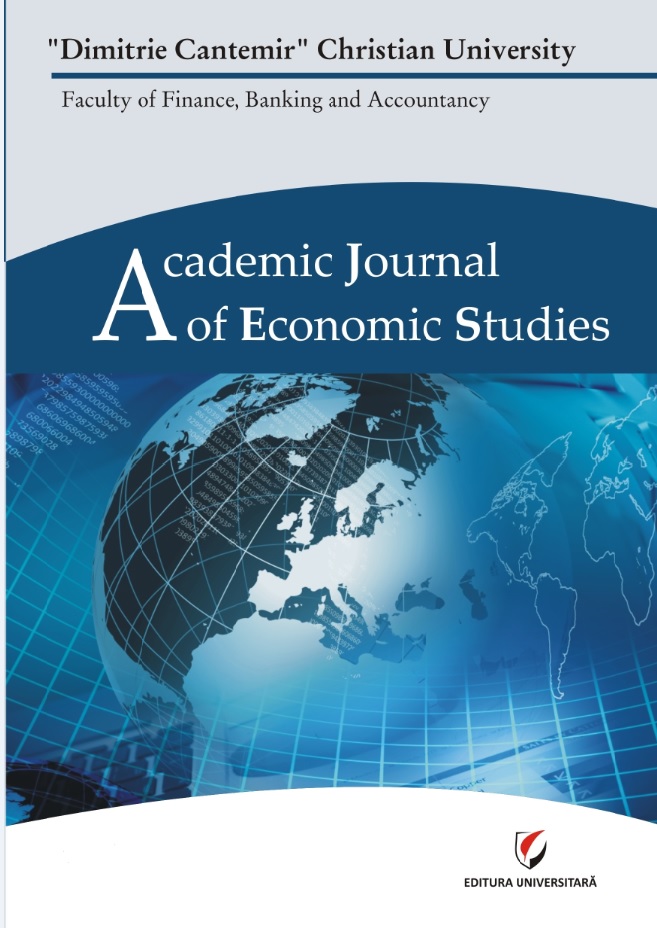The Efficiency Evaluation of Exchange Rate and Interest Rate of Monetary Transmission Channels through the VECM Analysis: Application for Turkey
The Efficiency Evaluation of Exchange Rate and Interest Rate of Monetary Transmission Channels through the VECM Analysis: Application for Turkey
Author(s): Magsud Gubadli, Elchin Suleymanov, Nigar MutallimovaSubject(s): National Economy, Business Economy / Management, Socio-Economic Research
Published by: Editura Universitară & ADI Publication
Keywords: Monetary Transmission Channels; VECM; Exchange Rate Channel; Interest Rate Channel; Turkey Economy;
Summary/Abstract: This study involves the test of the effectiveness of the exchange rate channel and interest rate channel, which are considered to be important in terms of impact on the economy in Turkey, based on the Mishkin classification with quarterly data covering the period 2009:Q1 to 2018:Q2. The variables used in our study were divided into two groups: endogen and exogen variables. Endogen variables include Gross Domestic Product (GDP), M1 narrow-scale money supply, discount interest rate, loans, deposits, and the US dollar (USD) and Turkish Lira (TL) exchange rate. Exogen variables include the prices of Brent-branded oil barrels, representing the energy sector, which is one of the major items in Turkey's current account deficit. For the Turkish economy, a vector error correction model (VECM) has been used to reflect both short and long term relationships. In the first step of the analysis, the seasonality process was performed; the variables with the sign of seasonality were adjusted trend and seasonality with the Census X12 method. In the next step, an Augmented Dickey-Fuller unit root test (ADF Test) implementation was carried out. Then, the appropriately lag length was estimated so that could be determined according to the appropriate delay numbers. In addition, the Lagrange Multiplier-LM test was applied to determine whether the error terms of the model are autocorrelated. In the next phase, Johansen-Juselius cointegration test was performed. The results showed that there was cointegration between all variables. At the last part of study, impulse-response analysis was applied to variables. As a result, the findings shows that the exchange rate channel is more effective in terms of the Turkish economy than the interest rate channel and has a longer-term effect compared to the interest rate channel.
Journal: Academic Journal of Economic Studies
- Issue Year: 6/2020
- Issue No: 1
- Page Range: 36-43
- Page Count: 8
- Language: English

